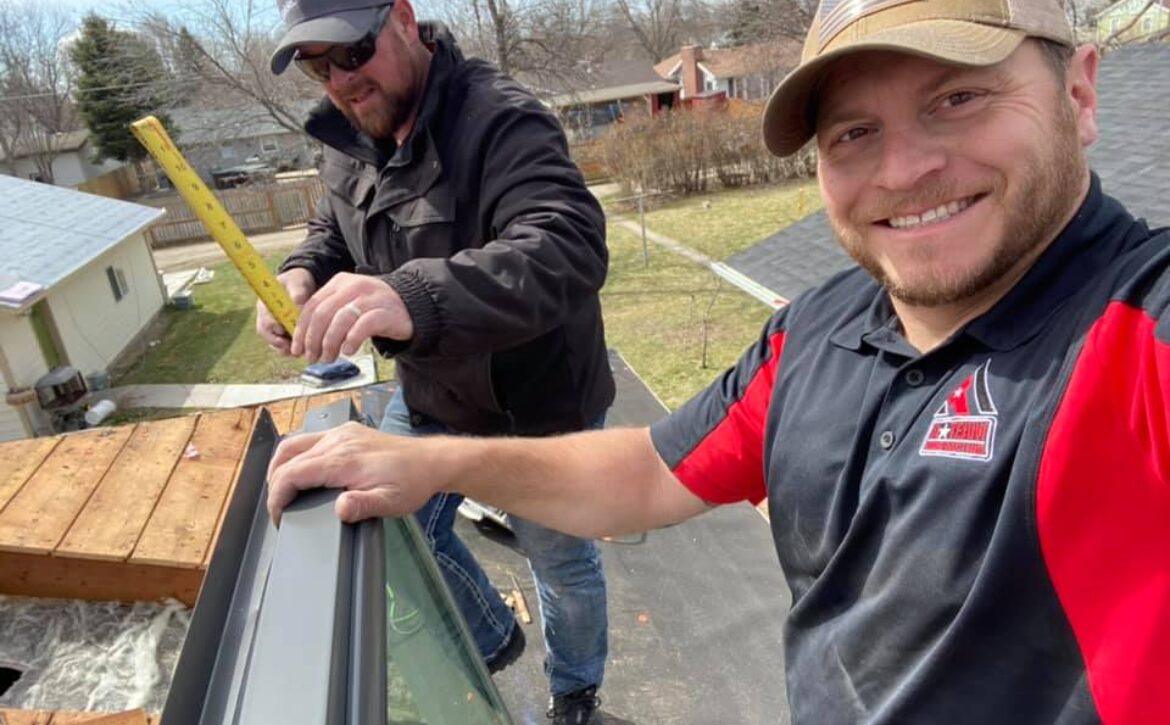When Is The Best Time To Repair Your Roof?
No one likes to think about roofing repairs, but the sooner you plan for them, the better. There are certain times of the year when roofing repairs are more affordable and less disruptive, so it’s important to know when those times are. Keep reading for more information on roofing repairs and when is the best time to plan for them.
Why are roofing repairs necessary?
Roofing repairs are necessary to keep your home and family safe from the elements. A roof that is in need of repair can allow water and pests into your home, which can cause extensive damage over time. It is important to take care of any roofing repairs as soon as you notice a problem to prevent any further damage.
When is the best time to plan for roofing repairs?
The most common times of year for roofing repairs are spring and fall. This is because these are the times of the year when most people do their yearly maintenance on their homes, including inspecting and repairing their roofs. However, there are always exceptions, so it is important to check with your roofing contractor to find out when they recommend you get your roof repaired.
What are the benefits of planning for roofing repairs ahead of time?
One of the biggest benefits of planning for roofing repairs ahead of time is that you can save money. Many roofing contractors offer discounts if you schedule repairs during certain times of the year. The weather is also a factor to consider. Roofing repairs are typically more expensive and disruptive when it’s cold or wet outside. So, if you know that your roof needs repairs, try to schedule them for a time when the weather is milder.
Another benefit of planning for roofing repairs ahead of time is that it can help you avoid bigger problems in the future. A small leak in your roof can turn into a big problem if it’s not fixed quickly.
Finally, planning for roofing repairs ahead of time can help you avoid stress and disruption. If your roof leaks or needs other repairs, it can be disruptive to your everyday life. Scheduling repairs ahead of time can help minimize the amount of disruption they cause.
How can you prevent roofing problems from happening in the first place?
One of the best ways to prevent roofing problems from happening is to have regular inspections done by a professional. They can check for any potential issues and address them before they become bigger problems. You should also make sure to keep your roof clean and free of debris, as this can also lead to problems.
In addition to regular inspections and cleaning, you should also check for any signs of wear and tear on your roof. If you notice a loose shingle or missing caulk, be sure to have it addressed as soon as possible.
Finally, if you live in an area with extreme weather conditions, be sure to take extra care of your roof. Make sure that it is properly rated for the climate and use proper materials when replacing or repairing shingles. Doing so can help you save money on repairs and make sure that your roof is prepared for any type of weather.
Conclusion
Roofing repairs are a necessity that everyone has to face at some point in their lives. However, by taking preventative measures and planning, you can ensure that they are as inexpensive and easy as possible. With the right preparation and knowledge, you can keep your roof looking great for years to come.
If you’re unsure whether you manage your roof leaks, it’s always best to consult a professional roofing contractor. They will be able to assess the damage and give you their expert opinion on the best course of action. At A-Team Roofing & Solar, we are here to help you with your roof. Contact us today! We pride ourselves on our quality workmanship and customer service.

















